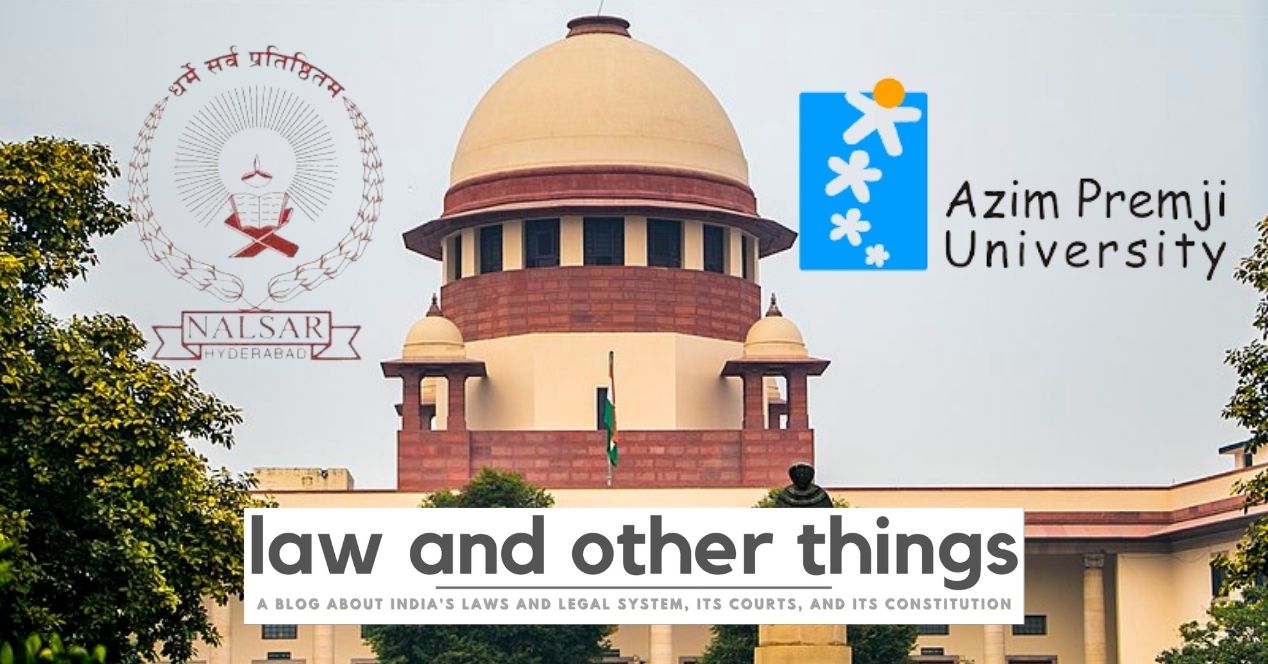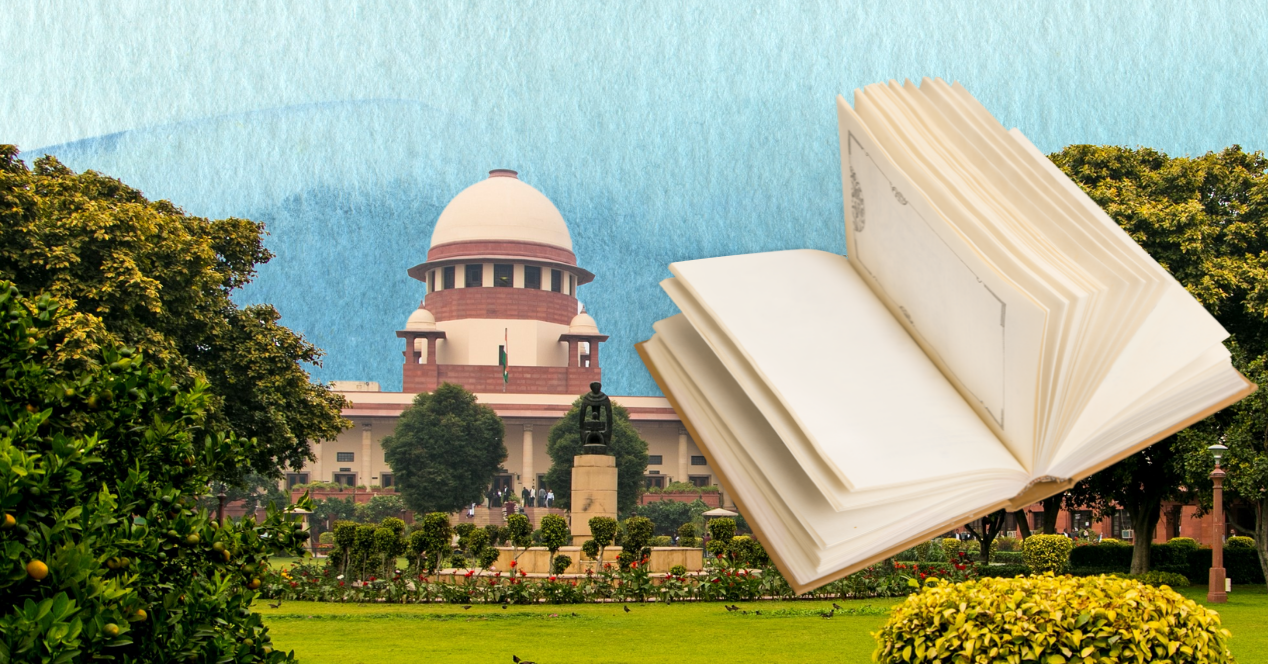Analysis
Supreme Court Observer Workshop at the Tata Institute of Social Sciences
SCO’s workshop is designed to help students understand the Supreme Court as an institution and its work through judgements
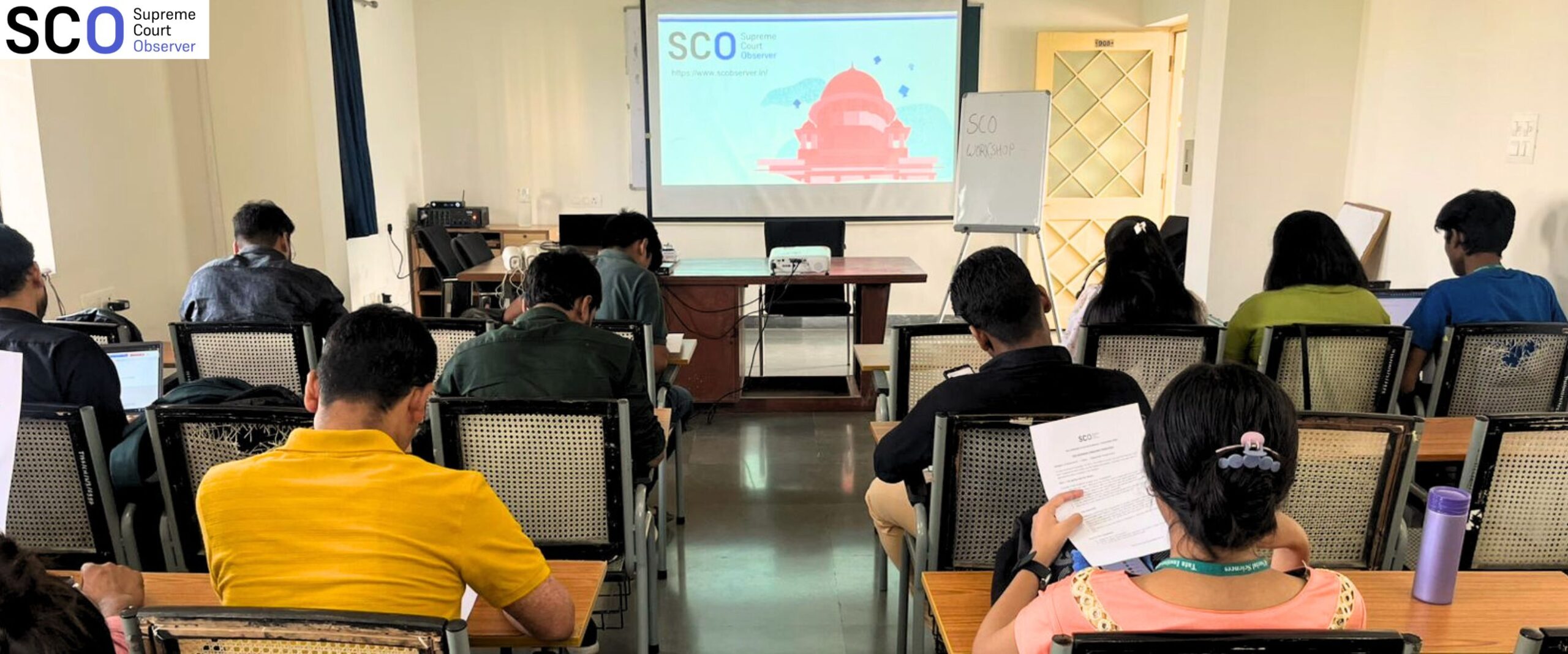
On 8 November 2024, the Supreme Court Observer conducted a workshop for the LL.M cohort in the Access to Justice programme at the School of Law, Rights, and Constitutional Governance, TISS Mumbai. The workshop was designed to introduce the students to systematic research used to understand the Supreme Court as an institution and its work through its judgements.
Gauri Kashyap from the SCO team began her presentation by posing a question: who has the authority to interpret the Constitution? She acknowledged that multiple actors, including Parliament, civil society organisations, and individuals engage in interpreting the Constitution everyday. The Constitution, however, vests this ultimate and authoritative power to the Supreme Court. The rigorous and systematic review of fact and law further makes the Supreme Court’s interpretation authoritative. Additionally, the Court’s decisions are supported by public reasoning. This creates precedence, a coherent and traceable logic to its interpretation and gives scope for transparency and accountability in its decisions.
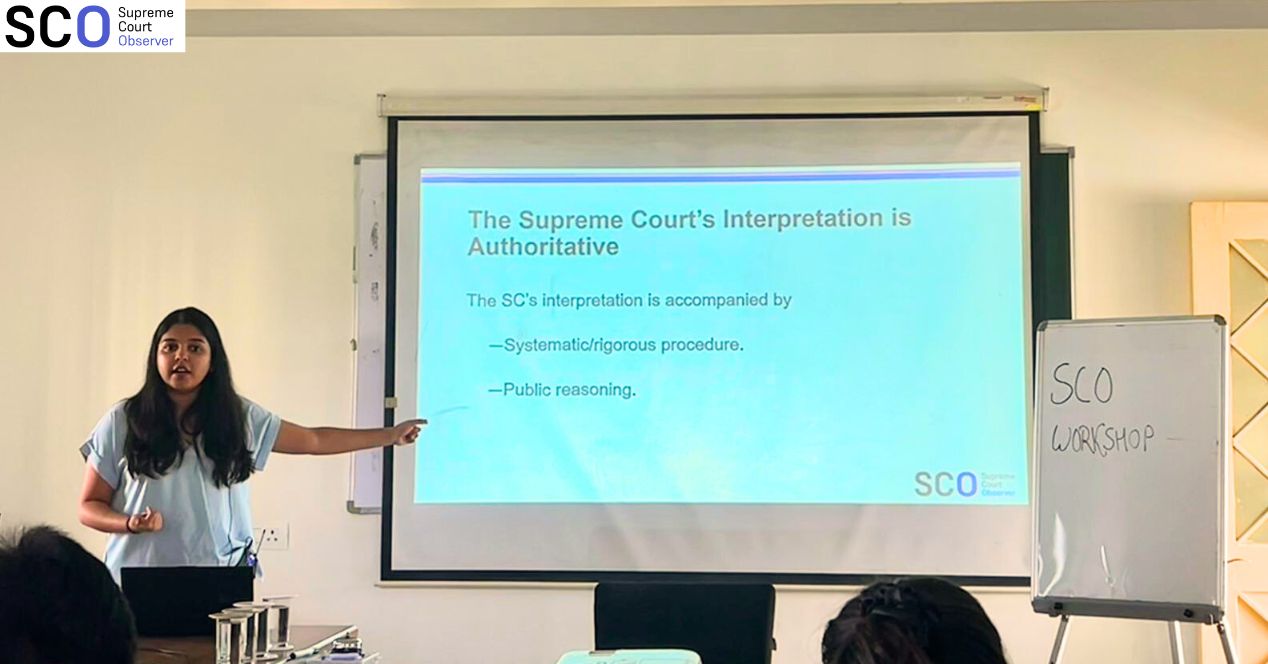
Next, the students were introduced to the elements of a Supreme Court case—judges, lawyers and parties as well as materials such as written submissions, oral arguments and judgements. Gauri took the students to the constitutionality of sedition law case page to practically explain the various elements of the case step by step, such as the lead petitioner and their grounds for approaching the court, the key issues, the lawyers involved, the composition of the three-judge bench and the impact of these people on the case. Next, she took them through the materials used, and the key arguments made and the considerations behind the Constitution Bench reference.
After the lecture, the students were given worksheets (attached as reference below) on the Sabarimala Temple Entry case. The questions were organised into three categories—the Parties, the Argument and the Judgment. The students used the SCO website to answer the worksheet.
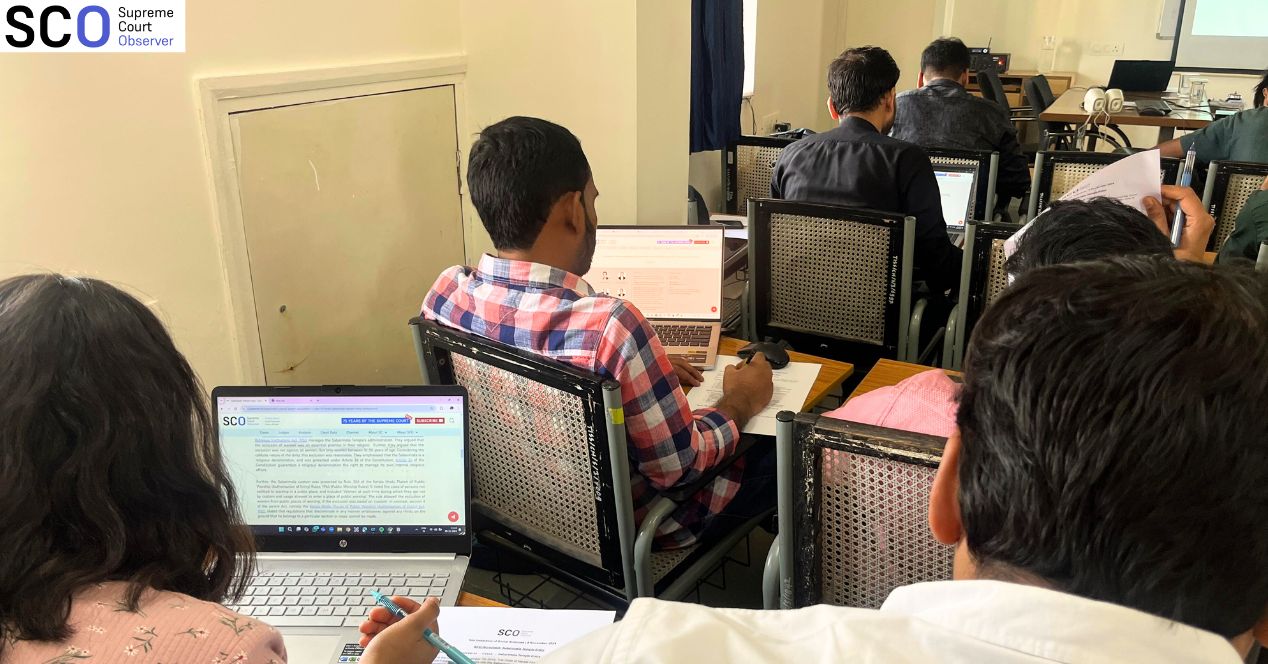
Part one included direct questions asking students to identify the key parties involved in the case. The idea was to examine who had a stake in the issues argued, and how each party contributed to shaping the key issues in the case. Part two took a more advanced approach, encouraging students to analyse the arguments presented by both the parties. Students were asked to compare the conflicting arguments on the Right to Equality and the Right to Religion, focusing on how multiple interpretations of a fundamental right is presented before the court. In part three, students were guided to examine the Court’s Judgement, paying attention to the opinions and reasoning of each judge. The nuances in the decisions, the motivations behind the dissents and the differences in each judge’s reasoning was discussed.
The workshop and the worksheet are designed to introduce the students to a method of breaking apart the various elements of a case and analysing them to understand the many motivations and issues revolving around it.
Resources



